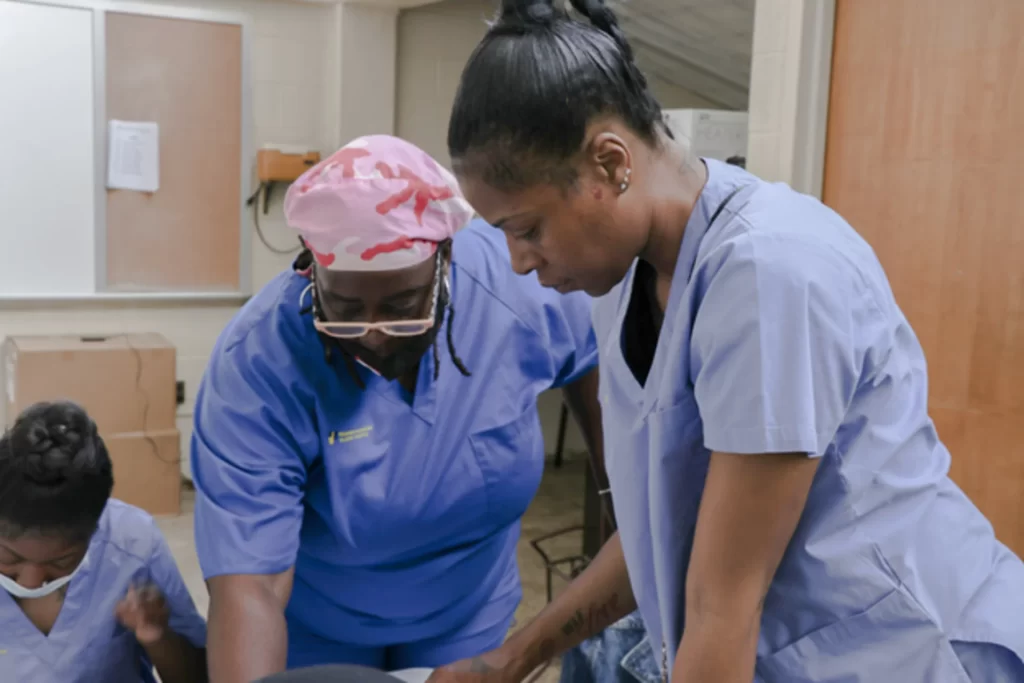Sterile processing technicians are also known as central service technicians. They are essential for the healthcare enterprise. They perform different functions, such as sterilizing, decontaminating, and distributing medical tools for the surgical procedures. This is vital to ensure the tool’s safety. Let’s provide a detailed process of the roles of Sterile Processing Technicians.
1. Decontamination: It is the initial step in the sterilization procedure. Sterile processing technicians have the responsibility to ensure that there is no dirt or debris on the tools.
2. Assembly: Once the equipment has been decontaminated, central sterile processing technicians are responsible for assembling it in preparation for sterilization. This involves ensuring that all parts are present and in working order, and arranging the equipment in a specific manner to ensure proper sterilization.
3. Sterilization: Sterile processing technicians use various ways or techniques to sterilize medical equipment, including steam sterilization, low-temperature sterilization, etc. They also ensure that the equipment is sterilized per industry standards and protocols.
4. Packaging: After the equipment has been sterilized, sterile technicians are responsible for packaging it. They use specialized packaging materials, such as sterilization wraps or pouches, to protect the equipment during storage and transport. The packaging should be labeled to show that the tools have been sterilized and are ready for use.

5. Distribution: Once the equipment has been packaged, central sterile processing technicians are responsible for distributing it to the various departments within the healthcare facility. They must also ensure that the tools are delivered to the correct location and are properly stored.
6. Inventory Management: Certified sterile technicians are also responsible for managing the inventory of medical tools. This means tracking the tools, what has to be repaired, and sterilized. Moreover, they must ensure adequate tools for fulfilling the facility’s needs.
7. Quality Control: Sterile processing technicians ensure that the tools they sterilize should be of good quality. This means checking the tools daily to ensure it functions adequately. They must also review the sterilization tools to make sure they work correctly.
8. Record Keeping: Central sterile processing technicians must maintain accurate data on sterilizing tools. This means tracking the date and time of sterilization, the tools, and the method used. These data are essential for monitoring equipment and ensuring the process is effective.
9. Maintaining the equipment: Sterile processing technicians or central survive techs also maintain the equipment and facilities during sterilization. This means ensuring all tools functions correctly, repairing tools, and cleaning and sanitizing the facilities.
10. Education and Training: Sterile technicians must stay updated with industry standards. They must also know about new tools and technologies used in the sterilization process.
Read more: